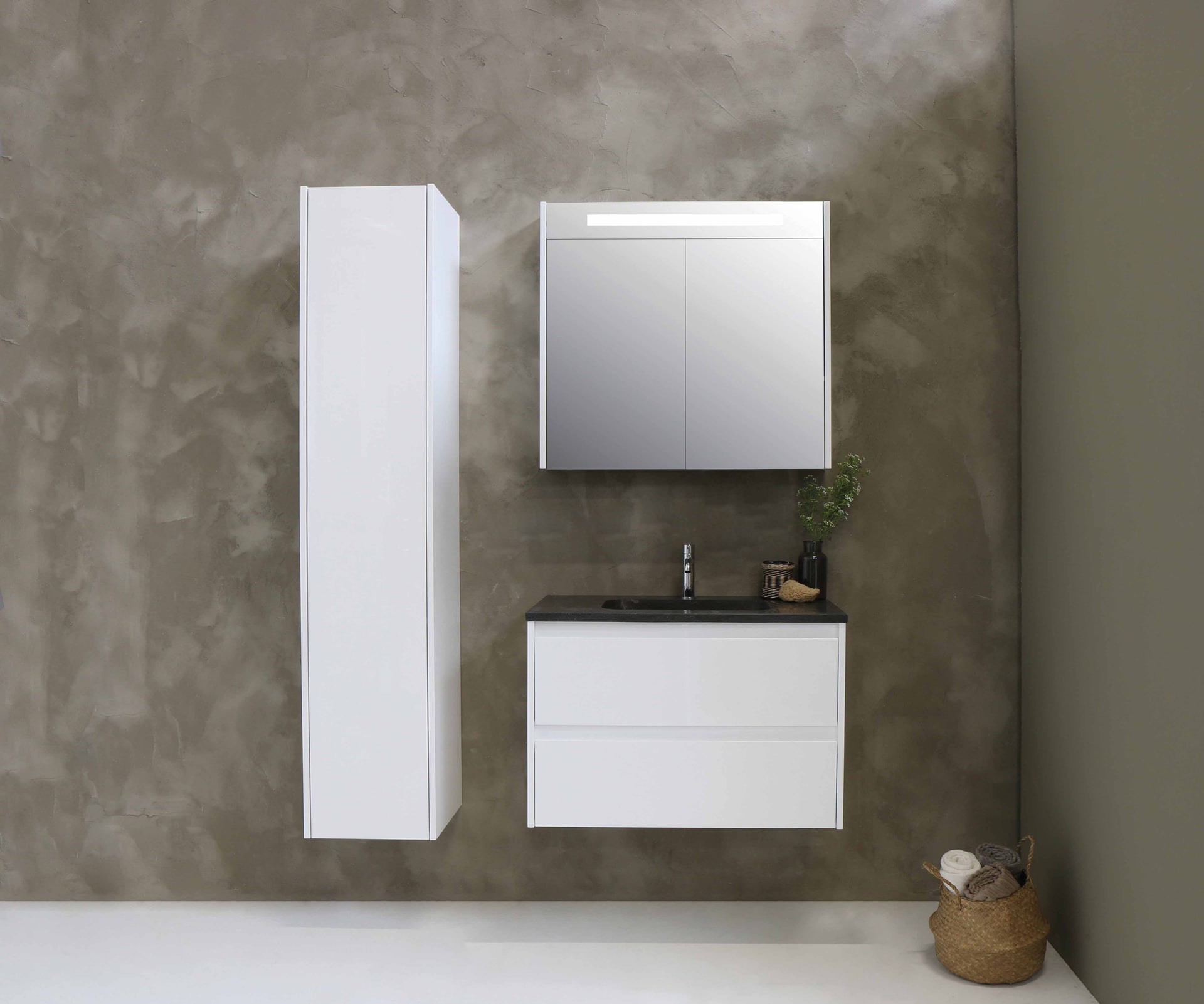What Every Household Needs in Their Medicine Cabinet
“What’s in your medicine cabinet?”
It’s a question that never gets asked because it’s rudely intrusive. What someone has in their medicine cabinet is their business and no one else.
But we aren’t asking what you have. We’re offering a list of what you should have. The following is a list of seven things every household needs in their medicine cabinet:
Pain reliever
Aches and pains are an unfortunate fact of life. With this in mind, every household needs the “big three” pain relief medications in their medicine cabinet. The list includes aspirin, ibuprofen, and acetaminophen, commonly sold under the Bayer, Advil, and Tylenol labels, respectively. With that said, each pain relief medication has its own potential side effects. Some people are even allergic to aspirin. Read the labels and check with your doctor before using a specific painkiller for the first time.
Cold and flu medicine
According to the Centers for Disease Control and Prevention, the average adult will experience several colds in a given year. Combined with the ever-present threat of influenza and COVID-19 infection, common cold and flu medication should be found in every medicine cabinet. From cough suppressants to fever reducers to pain relievers, these medications help cold and flu sufferers by managing the agony and helping them sleep.
Home test kits
Many diseases and disorders can be detected thanks to at-home testing. With this in mind, consider adding an allergy test kit to your medicine cabinet. The same goes for kits designed to detect COVID-19, common STDs, and food sensitivities. That way, if you or someone else in your household suspects they’re unwell due to an infectious disease or allergic reaction, there’s a way to get answers fast. While most test kits require samples to be sent off for lab analysis, others, like the at-home COVID test, have a means of getting results within minutes.
First-aid supplies
Minor burns, cuts, and scrapes are other unfortunate facts of life. You can’t prevent your children from getting bloody injuries, but you can have all the necessary materials ready to treat topical wounds. Multiple-sized bandages, antibacterial cream, rubbing alcohol, and hydrogen peroxide should all be in your medicine cabinet in the event you or your loved ones require immediate medical attention on a non-emergency scale.
Bismuth subsalicylate
You might be wondering what bismuth subsalicylate is since it sounds strange and scary. Relax; it’s just the generic term for Pepto-Bismol, a popular over-the-counter medication for treating a wide variety of gastrointestinal problems. Maybe you’re familiar with the popular jingle…heartburn, nausea, indigestion, upset stomach, diarrhea! Bismuth subsalicylate provides relief for all of the above. It also tastes a little like peppermint bubblegum, making it an easy sell for kids who otherwise refuse to take liquid medicine.
Cotton balls and Q-tips
From cleaning wounds to applying topical creams, cotton swabs and Q-tips are the go-to means of getting it done. They also come in handy for various other purposes, including arts and crafts and home cleaning. With this in mind, every home needs a sufficient stock of cotton balls and Q-tips. And by the way, even though they say you can’t, it’s okay to use Q-tips to clean your ears. Just make sure to avoid sticking them in too deep!
Digital thermometer
Fever is a common sign of infection. While the old hand on the forehead trick does a decent job determining if someone’s body temperature is running hotter than usual, a thermometer provides a reliably accurate assessment. You want to use a thermometer because the difference between a relatively common fever and one requiring hospitalization is a literal matter of degrees. You’ll want more than your sense of touch from making that determination. If your budget allows, consider opting for a touchless laser-based thermometer. They reduce the chances of viral and bacterial transmission.
Snooping inside someone’s medicine cabinet is a universally-recognized faux pas. Some people even go so far as to fill their medicine cabinet with ping pong balls before a big party to catch guests who dare take a look. However, that doesn’t mean there aren’t a set of common medications and treatments that every medicine cabinet should have. From pain relief to disease testing, these must-haves help alleviate the agony of aches and pains, expedite treatment, and possibly save lives.

